Important Message
This Website Terms and Condition of Use Agreement
also known as a 'terms of service agreement'
Will be at the bottom of most web pages!
Please read it before using this website.
Thank You
|
| North High School
Class of 1966
| |
|
|
 |
| to our |
|
|
|
Over 50 classmates
attended Saturday August 28th, 2021 event.
|
|
_55_
Y
E
A
R
S
|
 |
| Classmates Mary Hart Bahneman, Susan Wehr, Joanne Cullinan Peterson & Kathy Pemberton-Heikke attended Saturday August 28th, 2021 event. Photo from 2016 |
|
| _55_
Y
E
A
R
S
|
North High School
Class of 1966 (55th reunion)
2 of 5 parts
|
Charles Kobow
Lincoln & North High class of 1966
Bonnie & I had a great time yesterday at the reunion. It was good to see everyone that came but because of Covid and other reasons, would like to have seen a lot more. A special thanks to Floyd Ruggles for the great displays and to the reunion committee for all of their hard work and effort in putting the reunion together.
|
Marlene Bukstein
Sorry we couldn’t be there. We were celebrating our 50th wedding anniversary with a 7 grandchild “sleep-over”!
|
|
|
Thanks to all for coming out
to our 55th Reunion!
|
|
 |
| Send in Your 55th Reunion photos |
|
|
Chuck Berry
Johnny B. Goode
(Live 1958)
|
Travel back into time
with the North High School Polars.
|
|
|
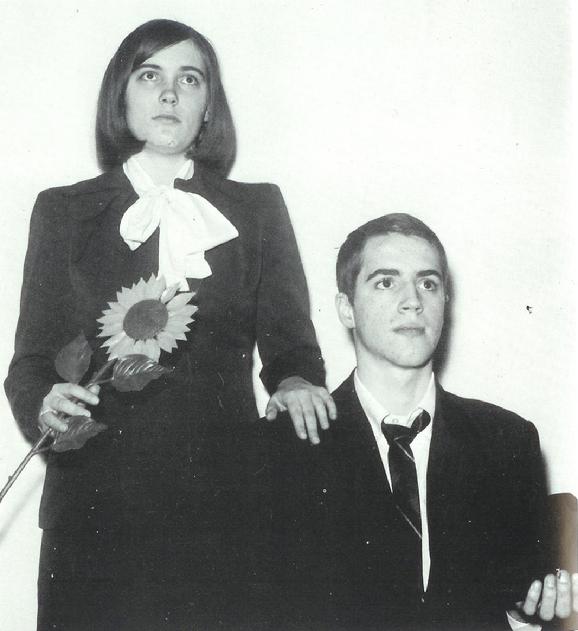 |
| Linda Schirmers & Tom DeMars |
|
|
Cutest
Smile
Class
of
1966
|
55th Reunion Special Edition!
|
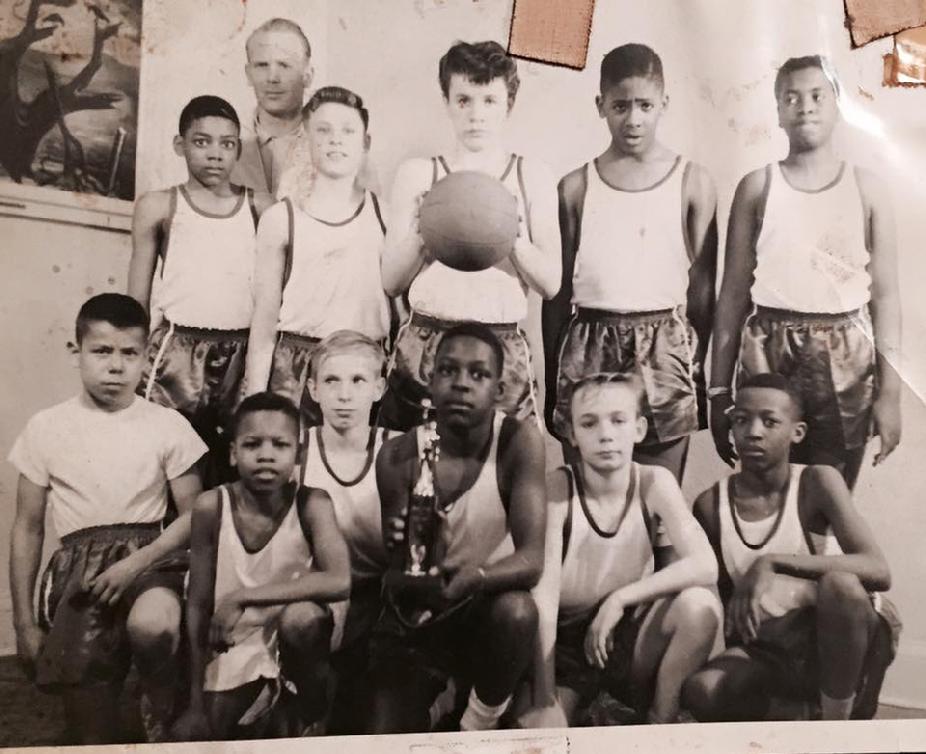 |
| Old school, Phyllis Wheatley 1960 basketball team, 11-12 yr. olds. Standing l-r, Terry Williams, Coach Jim(last name?) Dennis Stengal, Terry Sharp, Stephan Majors, Marion Thibodeaux. Kneeling l-r, Rueben Contreras, Lonnie Shaw, Tommy Hansen, Steve Sudduth, Dickie Hansen, Allen Forch, aka Poochie. — with Chris Weber, Andrea Jean Majors-Hollin, Tyrone Lowe and 26 others. |
|
|
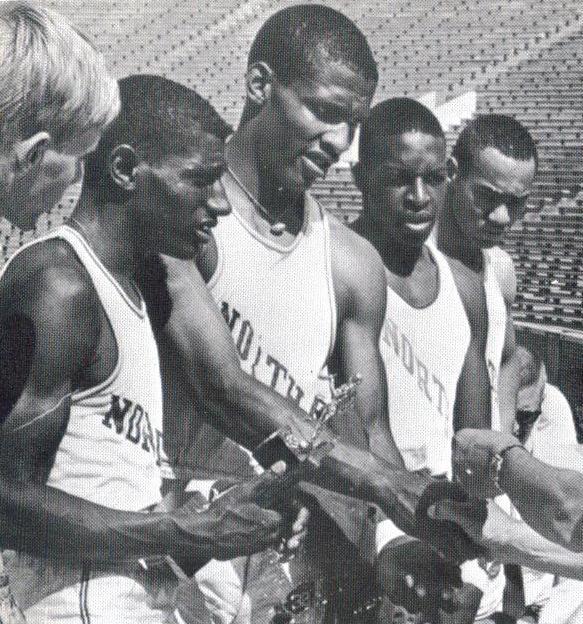 |
| Daryl Lynn, Frank Holley, Steve Sudduth & Jerrall Guy |
|
|
 |
| 1991 |
|
|
 |
| North High School 1888 ~ 2021 |
|
|
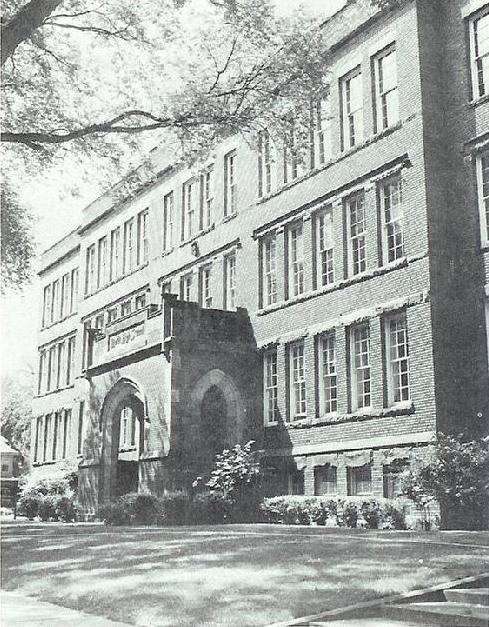 |
| North High School, 1966 |
|
|
 |
| Which was built over the previous structure. |
|
|
When the land was cleared of the school, Hobb's football field, named after former principal Waldo Hobbs, was moved 150 yards south to occupy the former school grounds.
In 1973, another "new" North High School opened at the new location, 1500 James Avenue North. Hard to believe that it has been 35 years since that move, that is over 1/2 the age of the "old" school it replaced. After 1976, when the "Lady Polars" began participating in sports at North, the school song, LOYALTY, was altered to reflect both the girls and the boys athletic teams.
|
Travel back into time
with the North High School Polars.
|
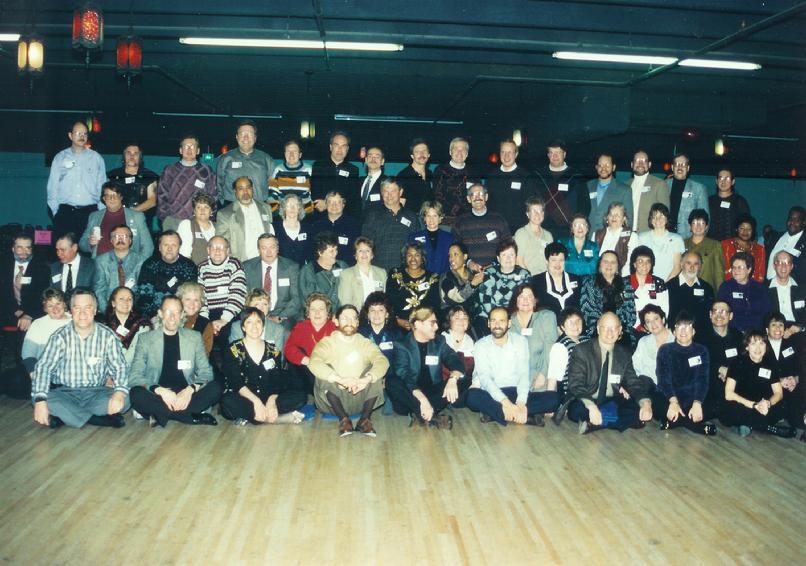 |
| The Class of '66 ~ Photograph by Tom Conlon |
|
|
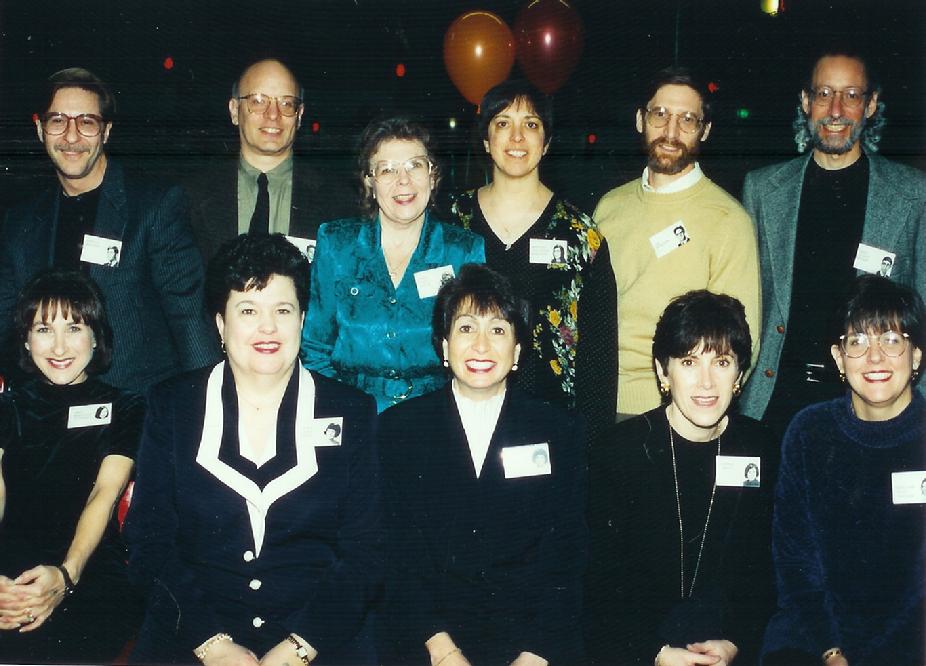 |
| Thanks for stopping by... |
|
|
|
45th Reunion
August 27th, 2011
|
 |
| Kathy (Pemberton) Heikke, Gene Nelson & Mary (Hart) Bahneman |
|
|
 |
| Ron Hunter, Betty Ansel, James Marshall, Jeffrey Ansel, Duane Witherspoon, Barbara McGee, Sandra McGee, Mary Rivers,Gloria Reess, Marion "Sonny" Thibodeaux & Steven Sudduth |
|
|
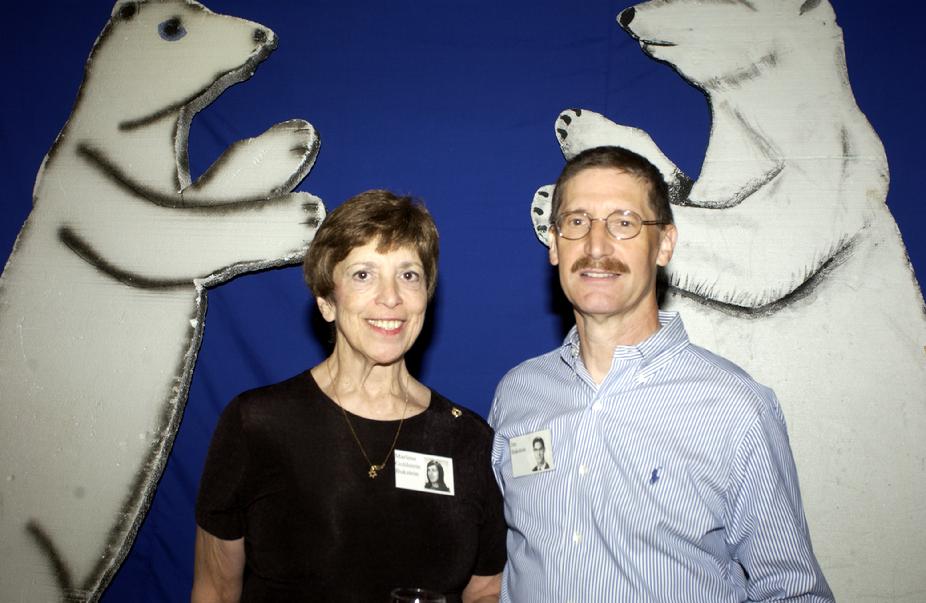 |
| Marlene Goldstein-Bukstein & James Bukstein |
|
|
|
 |
| Marilynn Wolk & Linda Margolis |
|
|
 |
| Linda Margolis |
|
|
 |
| Marlene Goldstein-Bukstein, James Bukstein, Kathleen Kukar & Michael Sterling |
|
|
 |
| Mary Rivers, Harold Malisow, James Marshall & Linda Vanseth |
|
|
 |
| Jill Jensen & Gail Farrand-Rager |
|
|
 |
| Jeffrey Ansel |
|
|
|
 |
| Joe Hyde & Tony Persons |
|
|
 |
| Tony Persons |
|
|
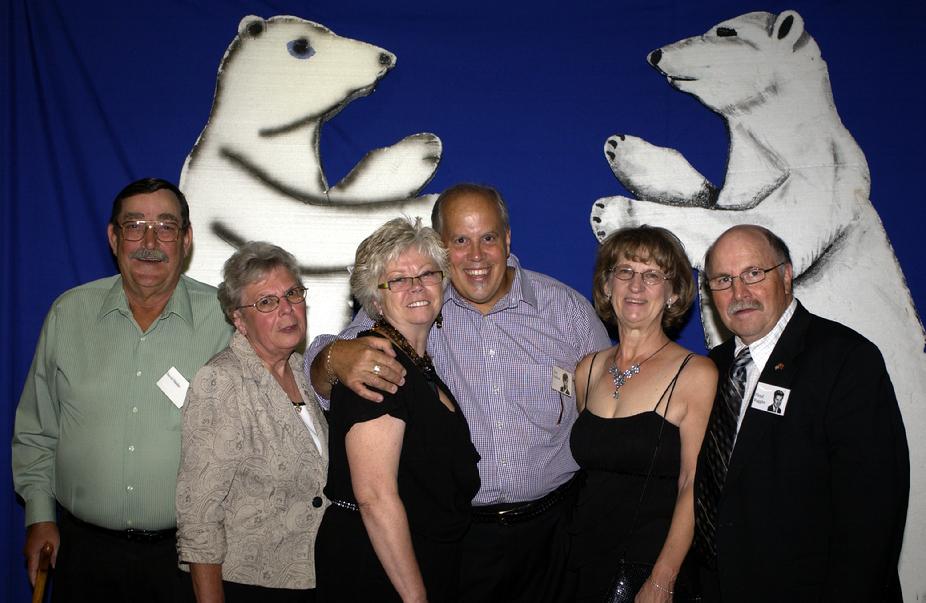 |
| Carol & David Haider, Terry & Perry Tompkins, Floyd & Linda Ruggles |
|
|
Travel back into time
with the North High School Polars.
|
|
 |
| Steve was very active in high school, he was a candidate for sno-king 1966. He was also a hall of fame in baseball, basketball, football and track. He was one of the fastest runners in a state at the time. I often wondered how he found so much time for all these activities he was also in the north club plus a host of other clubs and organizations. He is definitely one of my top picks for one of the most talented and gifted students from the class of 1966. |
|
|
 |
| Stephen "Steven" Sudduth 2011 |
|
|
Thanks for coming out for the 55th Reunion
|
Let the Little Girl Dance
|
|
_55_
Y
E
A
R
S
|
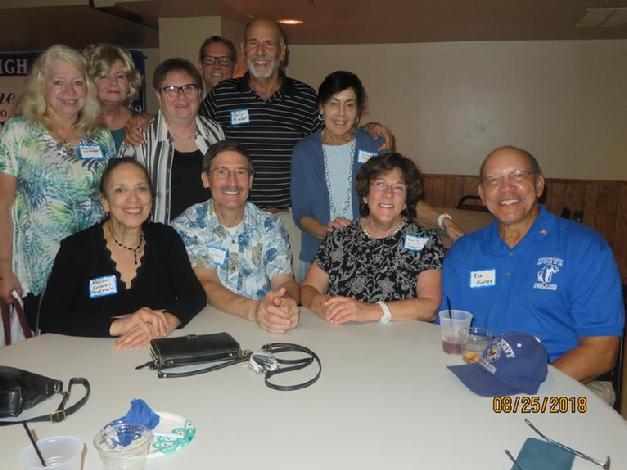 |
| Classmates Davidene (Walensky) "Davi" Weinberg, Billy Binder, Joanne Prass-Jones, Pennie Schmitzer-Shapiro & Ronald E Hunter attended Saturday August 28th, 2021 event. Photo from 2018 |
|
| _55_
Y
E
A
R
S
|
Travel back into time
with the North High School Polars.
|
I have a collection of North High School Polaris yearbooks dating back to 1910 which was the first one published. I've been collecting them for years. I'll start highlighting them at the our reunions, starting with the 1918 yearbook. If you have a year that you want highlighted please request it. I'll do my best to highlight it at our next reunion.
|
This year is noted for the end of the First World War, on the eleventh hour of the eleventh day of the eleventh month, as well as for the Spanish flu pandemic that killed 50-100 million people worldwide.
|
| Germany had formally surrendered on November 11, 1918, and all nations had agreed to stop fighting while the terms of peace were negotiated. On June 28, 1919, Germany and the Allied Nations (including Britain, France, Italy and Russia) signed the Treaty of Versailles, formally ending the war.
| |
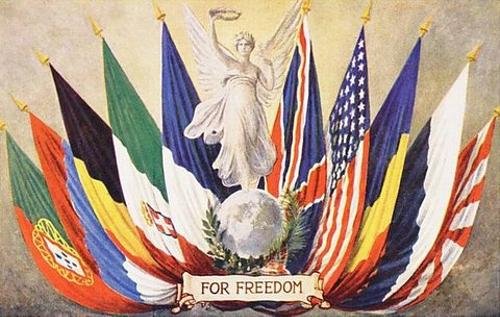 |
| “war to end all wars” |
|
|
Around 7,300 men came from Minnesota to join the 4 million men mobilized for the war effort. Enlistment in the army was allowed between the ages of 18 and 40 or up to 55 if you had a specialty. Among the Minnesota enlistees, 11,000 were sent to the Navy and 2,800 to the Marines.
As the toll of death and destruction mounted, over 1,070 Minnesotans were killed in combat, the protest movement grew in numbers and spread across the country.
|
On the home front, Minnesotans had to deal with shortages of metals and other resources diverted to war efforts, like shipbuilding in Duluth. There were also shortages of foods such as wheat, meats, sugar and fats as food was shipped overseas to support the troops and beleaguered Europeans. Minnesotans, along with all Americans, were asked to produce as much of their own food as possible, preserve garden bounty, reduce food waste and eat less meat, wheat and sugar.
|
 |
| Soldiers celebrating World War I Armistice in November, 1918. |
|
|
World War One ended at 11am on 11 November, 1918.
|
The total number of military and civilian casualties in World War I, was around 40 million. There were 20 million deaths and 21 million wounded. The total number of deaths includes 9.7 million military personnel and about 10 million civilians.
|
The historical literature on World War I is still arguing about the number of WWI casualties, with a range between 6 and 13 million. The main reason for the different estimates lies in the term 'loss', which in the military terminology of the time included all those soldiers who were no longer able to fight, and who may have been dead, wounded or captured. Nevertheless, some figures relating to military losses are more accurate, specifically those concerning soldiers who died on the battlefield or as prisoners of war. Of the 60 million soldiers who fought in the First World War, over 9 million were killed — 14% of the combat troops or 6,000 dead soldiers per day. The armies of the Central Powers mobilised 25 million soldiers and 3.5 million of them died. The Entente Powers deployed 40 million soldiers and lost more than 5 million. The mortality rate ranged between 6% and 30%, with the highest in the armies of Serbia, Montenegro and the Turkish Empire, mainly due to large epidemics of cholera, typhoid and smallpox, against which the armies of other countries vaccinated their troops. Infectious diseases did also spread in other armies, but with a lower mortality rate. In absolute numbers, major battles on all fronts claimed the highest number of casualties, primarily because of the technology of warfare based on explosive artillery shells. The death toll among prisoners of war amounted to between 5 and 10 % of prisoners.
The Austro-Hungarian army mobilised around 8 million soldiers, of whom 1,016,000 (12.7%) died, 1,691,000 were missing (21.1%), while 437,000 officers and soldiers were taken captive by the Italians as prisoners of war after the signing of the Armistice; around 478,000 officers and soldiers died in Russian, Serbian and Italian captivity. The Austro-Hungarian army supposedly deployed 160,000 soldiers from the Slovenian territory to fight on WW1 battlefields. The current estimates suggest that approximately 35,000 of them died by the end of 1917. Some estimates indicate that the Isonzo Front battlefields claimed from 2,000 to 3,000 lives of Slovenian soldiers. After the war, the number of those disabled from the war in the Slovenian part of the Kingdom of Serbs, Croats and Slovenes amounted to 11,467, and about 30,000 war widows had to take care of around 49,000 war orphans.
Data on civilian casualties from WWI are very limited and uncertain, suggesting an estimated 6 million casualties among the civilian population. The highest death rate was caused by hunger, deprivation and disease, while we should not neglect the civilian casualties suffered during military occupation and retaliation (Belgium, Serbia, Galicia, Isonzo Front), among which the Armenian genocide in Turkey, which claimed between 1 and 2 million dead Armenians, stands out.
|
 |
| The 1918 influenza pandemic was the most severe pandemic in recent history. It was caused by an H1N1 virus with genes of avian origin. Although there is not universal consensus regarding where the virus originated, it spread worldwide during 1918-1919. In the United States, it was first identified in military personnel in spring 1918. |
|
|
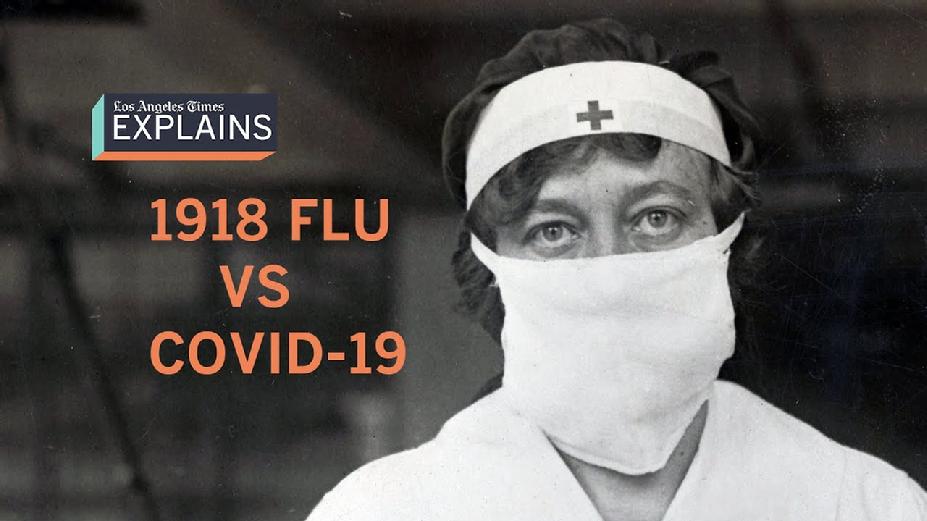 |
| Measuring Mortality In The Pandemics Of 1918–19 And 2020–21 |
|
|
With the United States hitting the grim milestone of almost 550,000 deaths from COVID-19 and increasing public recognition that hundreds of thousands of those deaths may have been preventable, we may see renewed references to the terrible toll of the 1918–19 influenza epidemic. These comparisons will be more insightful if we understand whose deaths were (and were not) included in the count of victims during the “Spanish flu.”
The COVID-19 pandemic has demonstrated the value of accurate statistics for setting health policy and educating the public about likely outcomes. Since the COVID-19 pandemic came to public attention, examples from the 1918 influenza have been invoked to explain how to flatten the curve through social distancing, the efficacy of masks, and the advisability of school closings. At the onset of the current pandemic, predictions of hundreds of thousands of US deaths seemed to prompt health officials as well as segments of the public to take the disease more seriously and understand the need for significant mitigation measures.
These predictions illustrate a primary challenge of public health policy as well as messaging, which is the need to encourage people to recognize a threat without generating despair about potential outcomes that may in turn lead to denial or inaction. The graphic warning from a placard displayed on streetcars during the 1918 epidemic in Philadelphia, stating simply, “Spit Spreads Death,” illustrates how public health messaging sometimes requires blunt statements that personal behaviors must change to prevent increased mortality.
In drawing these analogies from past epidemics, however, we also need to recognize that one of the most widely reported facts from 1918–19, the death of 675,000 Americans, is based on limited, inconsistent, and even speculative reports. For health policy makers in 2021, understanding how deaths were counted in this earlier epidemic should provide a useful point of reference for educating the public about the increasing toll of COVID-19, with the goal of convincing people to take measures needed to gain control of the disease.
Unpacking The “Spanish Flu” Mortality Numbers
Any mortality comparisons between these two pandemics in the United States, 2020 and 1918, must differentiate between totals and rates. The current US population, a little more than 330 million, is more than three times larger than the population in 1918, estimated at 105 million. The 675,000 deaths attributed to the influenza epidemic made up 0.64 percent of the total population, a little more than six in every thousand people. By contrast, the more than 500,000 deaths attributed to COVID-19 make up about 0.15 percent of the total population, or between one and two in every thousand people. If COVID-19 caused deaths at the same rate as the 1918 epidemic, the total would approach two million. Even the disturbing projections of more than to 600,000 deaths by July 1, 2021, would still remain below the rates recorded in the earlier epidemic.
It is important to recognize that we don’t know precisely how many people died of “Spanish flu.” Measuring influenza deaths is complicated because this disease often contributes to deaths attributed to other primary causes. The Centers for Disease Control and Prevention Pneumonia and Influenza Mortality Surveillance combines two causes into one reporting category. Most reports during the “Spanish flu” anticipated this practice by combining influenza and pneumonia deaths together, thus recognizing that the epidemic produced more deaths than were just attributed to influenza. We see a similar pattern today, as the actual count of pandemic deaths should include far more than those attributed specifically to COVID-19.
|
"The 1918 flu killed between 50 to 100 million people worldwide—more than the military deaths of World War I (WWI) and World War II (WWII) combined," McClure began. "It caused the average life expectancy in the United States to drop by 12 years for both men and women. By the end of 1918 alone, more than 675,000 Americans died of influenza—the equivalent of 2.16 million Americans dying today."
|
Travel back into time
with the North High School Polars.
|
I have a collection of North High School Polaris yearbooks dating back to 1910 which was the first one published. I've been collecting them for years. I'll start highlighting them at the our reunions, starting with the 1918 yearbook. If you have a year that you want highlighted please request it. I'll do my best to highlight it at our next reunion.
|
Waldo Warren Hobbs
& The Class of 1918
|
Served as the second principal of North High School.
|
|
|
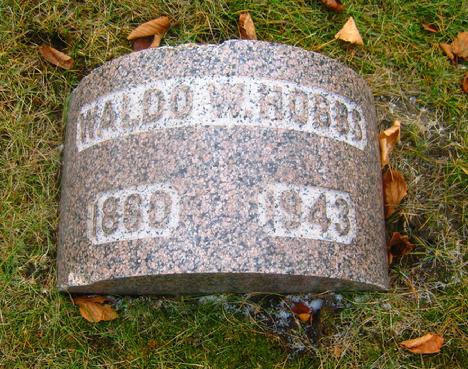 |
| Click the photo for more Info |
|
|
|
|
_55_
Y
E
A
R
S
|
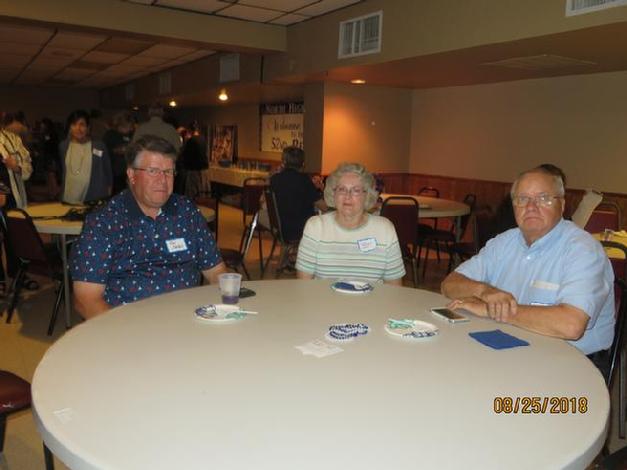 |
| Classmates Michael & Kathleen Johnson attended Saturday August 28th, 2021 event. Photo from 2018 |
|
| _55_
Y
E
A
R
S
|
 |
| Class of 66' |
|
|
 |
| Send in Your 55th Reunion photos |
|
|
 |
| Previous Page |
|
| <- Senior Class ->
Minneapolis North High School
Class of 1966 - Index page
|
 |
| Next Page |
|
|
This website contains, in various sections, portions of copyrighted material not specifically authorized by the copyright owner. This material is used for educational purposes only and presented to provide understanding or give information for issues concerning the public as a whole. In accordance with U.S. Copyright Law Title 17 U.S.C. Section 107, the material on this site is distributed without profit. More Information
Information presented based on medical, news, government, and/or other web based articles or documents does not represent any medical recommendation or legal advice from myself or West Saint Paul Antiques. For specific information and advice on any condition or issue, you must consult a professional health care provider or legal advisor for direction.
I and West Saint Paul Antiques can not be responsible for information others may post on an external website linked here ~ or for websites which link to West Saint Paul Antiques. I would ask, however, that should you see something which you question or which seems incorrect or inappropriate, that you notify me immediately at floyd@weststpaulantiques.com Also, I would very much appreciate being notified if you find links which do not work or other problems with the website itself. Thank You!
Please know that there is no copyright infringement intended with any part of this website ~ should you find something that belongs to you and proper credit has not been given (or if you simply wish for me to remove it),
just let me know and I will do so right away.
|
Website Terms and Condition of Use Agreement
also known as a 'terms of service agreement'
By using this website, West Saint Paul Antiques . Com, you are agreeing to use the site according to and in agreement with the above and following terms of use without limitation or qualification. If you do not agree, then you must refain from using the site.
The 'Terms of Use' govern your access to and use of this website and facebook pages associated with it. If you do not agree to all of the Terms of Use, do not access or use the website, or the facebook sites. By accessing or using any of them, you and any entity you are authorized to represent signify your agreement to be bound by the Terms of Use.
Said Terms of Use may be revised and/or updated at any time by posting of the changes on this page of the website. Your continued usage of the website, or the facebook site(s) after any changes to the Terms of Use will mean that you have accepted the changes. Also, any these sites themselves may be changed, supplemented, deleted, and/or updated at my sole discretion without notice; this establishes intellectual property rights by owner (myself).
It saddens me to include a Terms of Use for West Saint Paul Antiques . Com, but we all realize it is something that is necessary and must be done these days. By using the website, or facebook for West Saint Paul Antiques, you represent that you are of legal age and that you agree to be bound by the Terms of Use and any subsequent modifications. Your use of the West Saint Paul Antiques sites signify your electronic acceptance of the Terms of Use and constitute your signature to same as if you had actually signed an agreement embodying the terms.
|
|